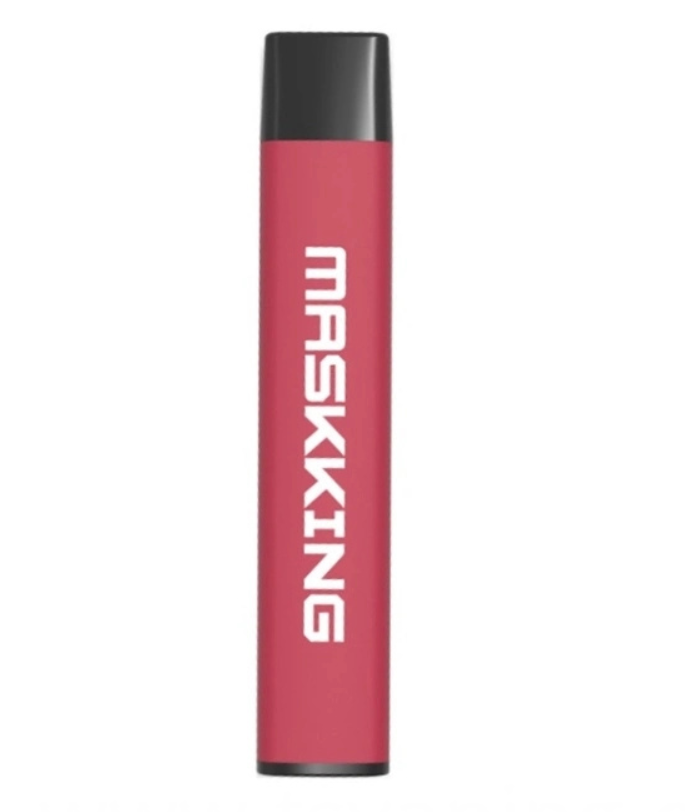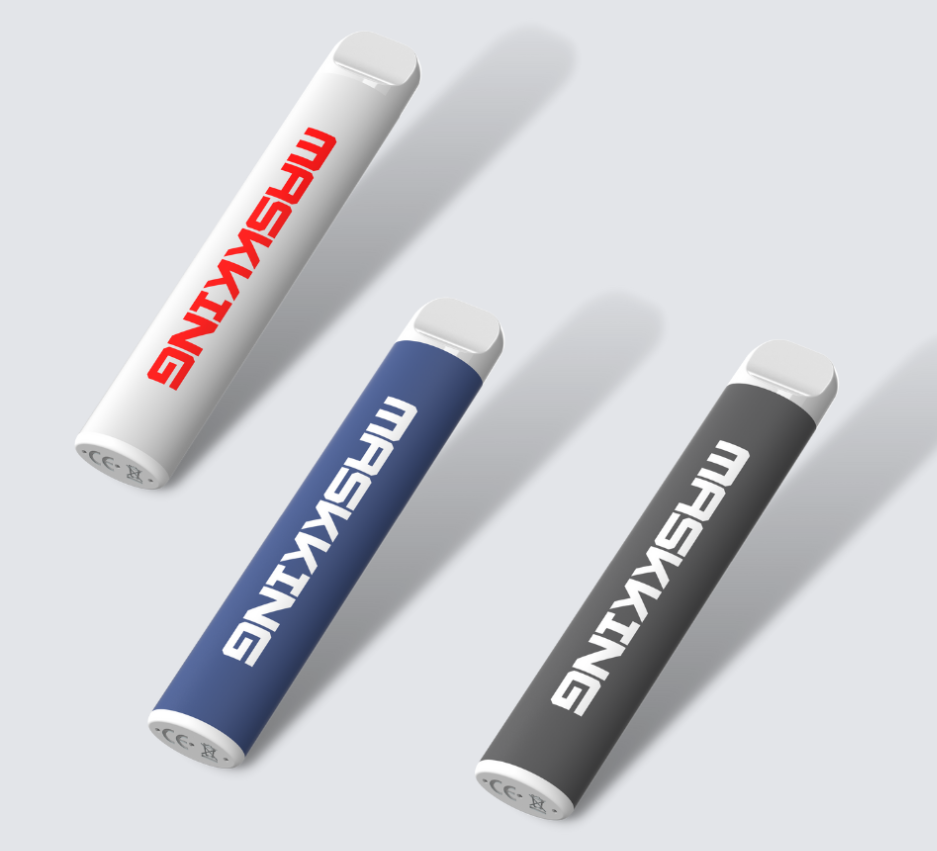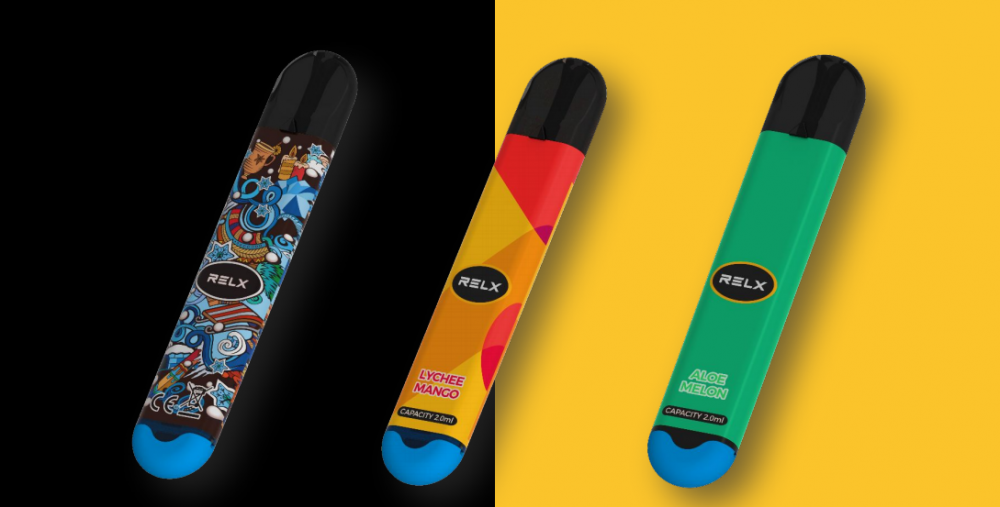If you feel uncomfortable after using the LED- backlit LCD screen for a long time, it may be related to the PWM dimming mechanism of the screen. The following is a compilation of the survey data and attempts of the younger brother to solve this problem. I hope that it is easier for friends who are also experiencing this problem to improve the situation. To put it simply, the LED backlights used in most LCD screens today use PWM control to control the brightness, and this method will cause the picture to appear invisible high-speed flicker, and the lower the screen brightness is adjusted. The more obvious. These flashes can cause eye and brain problems such as increased intraocular pressure (eye pain and tiredness), headaches, etc. The severity varies from person to person. Most LCD screens will disable PWM when the brightness is adjusted to the maximum (100%), and the flash will stop. Below we will find relevant solutions for this problem! Ideal use condition 1. The brightness of the screen is close to the brightness of the room environment. The less contrast, the less pressure on the eyes. 2. There is no glare on the surface of the screen. IE ambient light reflection, glare will irritate the eyeball and it is difficult to focus. 3. The screen does not flash, ie disable PWM How to solve the glare problem 1. Avoid room backlighting, there is a strong light source behind the seat surface directly on the screen surface 2. Select anti-glare screen, (better) matte surface>=anti-glare coated mirror>net mirror (worst) How to solve the PWM flashing problem The best course is to change a non-PWM screen, such as BenQ does not flash screen, Dell part of the high-end model The more common method is to set the screen brightness to 100%, then turn down the brightness within the settings of the display adapter software. The younger brother's method is to set the screen brightness to 100%, and then use other methods to lower the brightness within the settings of the screen (see below for details). Method problem Xiaobian used NVIDIA graphics card to actually try, because the screen is first color-coded by the graphics card software, and then the secondary color of the screen chip, and then the LCD panel is output, the final display is dark, but the color tone is too thick, long look The eyes will feel hard. If the gamma value is adjusted directly in the software, the distortion is easily deteriorated. Description of the method In the case of the graphics card software using the default value, directly on the screen toning. The method is to first set the screen brightness to 100% to disable the PWM, and then to the screen to adjust the color/color top to customize the setting form to reduce the gain values ​​of the red, green and blue colors together, and finally to modify the contrast. Fine tune. Can you choose cool color for color/color selection? Color, sRBG and other color temperature control page, there will generally be a custom modification of the red, green and blue ratio, such as the default is red 98 green 100 blue 98, try to change to red 0 green 2 blue 0, if the screen brightness is significantly reduced Congratulations on your screen support C.3. After the brightness is suitable, fine tune the contrast to a comfortable level. If it is used for paperwork, it is recommended that the contrast does not need to be too high. If the contrast is too high, it will be hard to look at it for a long time. The method is only one coloring through the screen chip, so the output picture is more natural than C.2. The effect is close to the brightness of the direct adjustment screen, and the look is more comfortable. The disadvantage is that because the LCD panel covers an excessive amount of backlight, the screen can display a narrower color gamut. If it is a 6-bit panel, the gradient color patch problem will increase slightly, and the light leakage will become more obvious. These shortcomings theoretically exist in C.2. The measured method can successfully use the C.3. method on the LGIPS and AOCTN screens, and the picture quality is not much different. Here you can find most disposable e-cigarettes with small number of puffs. There include 300 puffs, 400 puffs, 500 puffs and 600 puffs. They are small, portable and easy to carry,keep your vaping simple.We also call them Mini e-cigarettes or Mini Disposable Vape. In addition to the basic functions, some products also can luminescence . You can choose according to your own needs.
Hot Flavors BLUEBERRY ICE
Depending on which disposable vape you pick, Each disposable vapes will last between 500 to 600 puffs. For average vapers, one Disposable Pod will last them for three to four days.
Vape 600 Puffs,Pan Style E Cigarette,Health E Cigarette,mini vape TSVAPE Wholesale/OEM/ODM , https://www.tsecigarette.com
Popular products:
Puff Bar 400 Puffs Maskking PT Disposable Vape
Disposable Vape Pod Capacity: 2ml
Nic 5%
Battery Capacity: 370mAh


